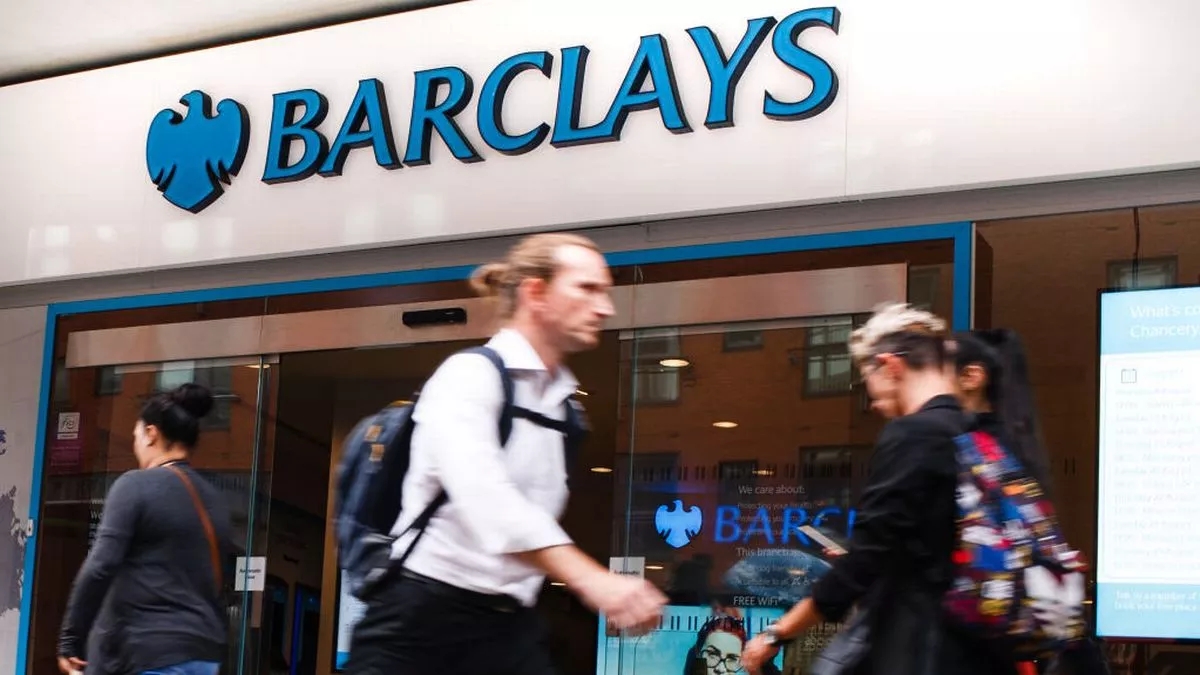
UK Banks Continue High Street Branch Closures Amid Shift to Digital Banking

As the digital era advances, the United Kingdom witnesses an enduring trend of bank branches vanishing from its High Streets. The year 2024 anticipates the closure of at least 189 branches, succeeding the shutdown of 645 branches in 2023 and adding to the tally of nearly 6,000 closures since 2015. This strategic move forms part of a broader trend where banks are reducing their physical presence to cut costs and adapt to the growing customer preference for online banking, a shift expedited by the pandemic.
The financial titan Barclays led the 2023 closures, sealing off 180 branches and projecting to close 34 more in 2024. Hot on its heels, NatWest, with 138 closures in the previous year, gears for 21 more in 2024. Joining the closure wave are The Royal Bank of Scotland and Ulster Bank, both part of the NatWest Group, with their closure plans for the imminent year.
Impact on Elderly and Vulnerable Customers
Despite the digital banking revolution, concerns are surfacing about the effect on elderly and vulnerable customers who rely on in-person services. Consumer advocacy group Which? and other campaigners are pressing the government to act in protecting these consumers.
A proposed solution is the development of banking hubs. These shared facilities allow various lenders to serve customers on different days. However, with only 31 such hubs in operation and 70 slated to open, critics argue that the rollout is too sluggish to keep pace with the closure rate.
NatWest and HSBC’s Future Plans
Asserting the inevitability of more closures, NatWest’s finance director signaled that the bank doesn’t need as many branches as it currently operates. HSBC, after a significant number of closures in 2023, however, has no closure plans for 2024.





